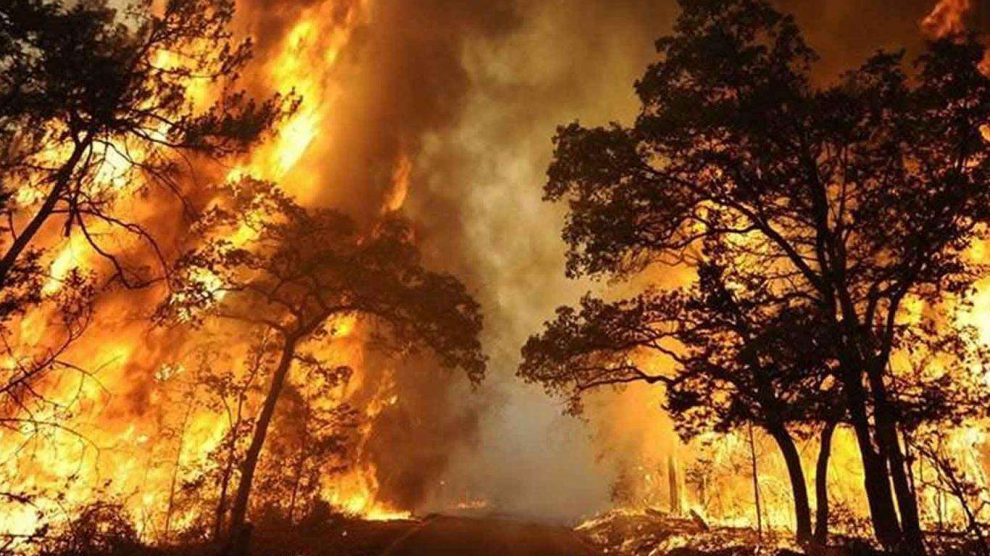More Severe and Frequent Fires Can Reduce Carbon Retention of Forests

Fires reduce forest density and tree size, causing trees to capture less carbon, according to a new study.
According to a global study, more severe and frequent fires could reduce forest density and tree size, damaging future forests' ability to hold carbon.
Although forest fires are naturally occurring events and natural forests are being regenerated, global warming and human activity are causing the frequency and intensity of fires to increase. Forest fires destroy 5% of the planet’s surface each year, releasing carbon dioxide equivalent to one-fifth of our annual fossil fuel emissions into the atmosphere.
Analyzing decades of data from 29 regions in Africa, Australia, North America and South America, the researchers found that the sites where fires occur each year have 63% fewer trees and 72% less basal area (a measurement revealing that trees are much smaller). they discovered. Forests with fewer, smaller trees are also likely to capture less carbon.
In the last year of the US presidency, there is a growing interest in planting trees as a natural climate solution, with the Trillion Tree campaign, which received the support of global politicians and business leaders, and even enthusiastic support from Donald Trump.
However, researchers cautioned that planting sites should be carefully selected and take into account changes in fire frequency in afforestation efforts to capture carbon. Regular flames change species and tree size in wooded areas.
The author of the article is Dr. “Planting trees in areas where trees are growing rapidly is widely promoted as a way to mitigate climate change,” says Adam Pellegrini. But to be sustainable, plans must consider the possibility of long-term change in the frequency and intensity of fire, ”he said.
The study, published in Nature Ecology and Evolution, found that savanna ecosystems and tropical regions with extreme wet and dry seasons are the ecosystems most susceptible to changes in fire frequency. In tropical areas, grass grows stronger in the wet season before it dries up and burns more intensely in the dry season, with warmer and more frequent fires preventing some trees from surviving the fire.
“Our study shows that although moister regions are better for tree growth, they are more vulnerable to fire,” says Pellegrini. “This will affect the areas we need to manage to try and mitigate climate change,” he said.
The tropics are the preferred areas for climate afforestation because fast-growing dense natural tropical forests hold more carbon than temperate woodlands.
Previous studies showed how much fires reduced nutrient levels in soil, such as nitrogen. New research shows that this could support slower-growing tree species that can thrive with less nutrients. However, these trees can limit the recovery of a larger forest by preserving nutrients rather than moving them to soil where they can be used by other species.
Fire cycles are a positive and necessary part of some ecosystems and provide plant and animal diversity. If people in savannah systems suppress fires, species-rich grasslands could quickly be covered with less diverse tree landscapes.
The research, conducted in collaboration with the managers of 374 forest lands on four continents where experimental burning was carried out or prevented, will then examine the impact and frequency of fires on biodiversity.


 Yedek Parçalar
Yedek Parçalar